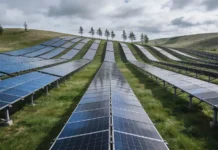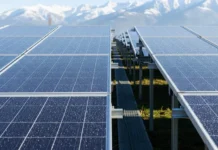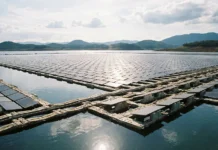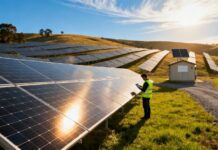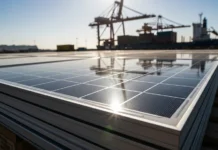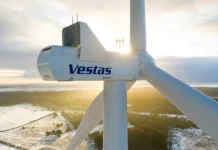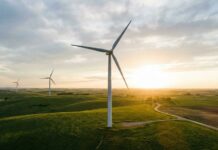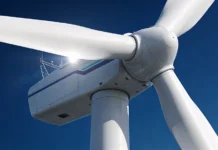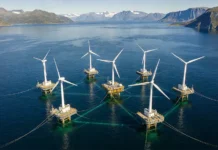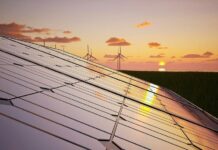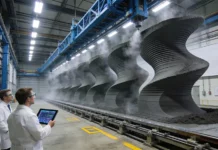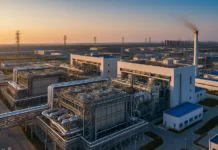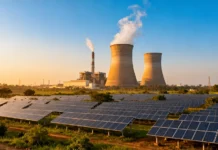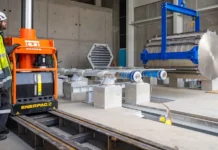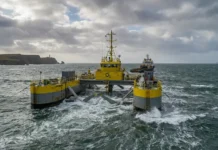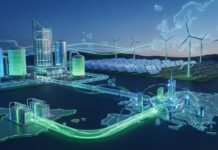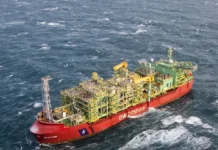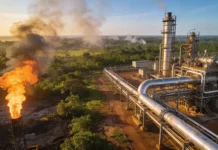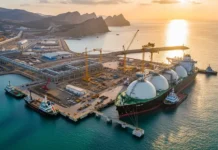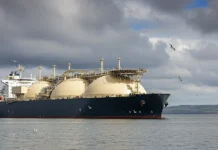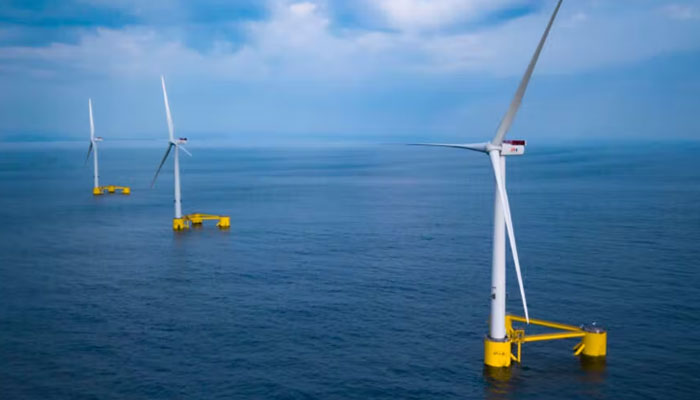Offshore wind energy has long been a cornerstone of renewable energy generation. However, its application has been predominantly confined to shallow waters, thus limiting the number of countries able to harness this resource effectively.
The advent of floating wind technology promises to alter this scenario significantly. This innovative technology features a turbine mounted on a buoyant substructure, which is then anchored to the seabed using chains. Such a setup allows for deployment in seas as deep as 300 meters and beyond, contrasting sharply with the traditional method of mounting turbines directly on the seabed, which becomes economically unfeasible at depths exceeding 60 meters.
This advancement means wind energy can now be produced in deeper waters, expanding its reach to new markets, including the Mediterranean region. Proponents of this technology anticipate it will be fully commercialized by the decade’s end.
Lorenzo Palombi, global commercial and finance director of projects at BayWa r.e., a German energy company, emphasized the critical role of floating offshore wind in combating climate change. He highlighted the technology’s unique capacity to access markets unsuitable for bottom-fixed technologies and to exploit areas with higher wind potential, positioning it as a key solution in the renewable energy sector.
Currently, Europe leads in the floating wind sector, as reported by the Global Wind Energy Council. Although Europe lost its status as the largest offshore wind market in 2022 to the US and China, it remains at the forefront of floating wind, accounting for 79 percent of new additions last year. In totality, Europe goes on to boast a capacity of 208 megawatts, thereby representing 88% of global installations, with most of this coming from small demonstration projects. However, countries are increasingly focusing on scaling up production to commercial levels.
France is poised to develop the world’s first commercial floating wind farm. The Pennavel project, set to be built off the coast of Brittany, is scheduled for commissioning by 2031 and is expected to generate 250 megawatts of power, sufficient to supply energy to 450,000 people annually.
The UK also aims to achieve five gigawatts of production by 2030, supported by governmental backing for various projects. Norway, which already has demonstration projects, along with Ireland and Mediterranean countries, are also advancing in this field.
In Asia, nations are beginning to explore floating wind technology as well. In October 2023, Japan identified four candidate areas for demonstration projects, and the Marubeni Offshore Wind Development Corporation recently announced a project featuring two turbines in waters approximately 400 meters deep. South Korea is developing what will be one of the largest floating wind farms to date, expected to be completed by 2028. The country is also experiencing positive developments in manufacturing and port investments, according to Rebecca Williams from the Global Wind Energy Council.
Williams noted that some Asian countries are now challenging Europe’s dominance in the sector. She sees significant potential for collaboration on floating wind and particularly on supply chains, citing opportunities between Japan, South Korea, the Philippines, and Australia.
The development of floating wind technology is expected to benefit coastal communities by providing green, local energy and revitalizing local economies. The Pennavel project, for instance, has committed to using local resources, thereby creating jobs in the region. It is also investing €5 million in the local economy, supporting cultural activities, events, and training programs.
Floating wind projects also drive investments in ports, which are essential for all offshore wind projects but especially crucial for floating wind. Much of the construction for these projects occurs inside the port to avoid weather-related disruptions.
Thomas Debize from Port-La-Nouvelle, a French port specifically designed for floating wind projects, explained that while 80 percent of a bottom-fixed project occurs at sea, 80 percent of a floating wind project takes place within the port. Port-La-Nouvelle aims to capitalize on France’s ambitions for wind power development in the Mediterranean and the goals of neighboring countries like Spain and Italy, which require floating technology due to sea depth.
However, many ports will need upgrades to accommodate the construction and supply chain needs of floating wind projects. This presents both challenges and opportunities, according to Williams. She pointed out that Europe’s experience with fixed-bottom wind projects has demonstrated how ports can drive local growth in coastal communities.
One potential example is in the UK, where Labour leader Sir Keir Starmer, speaking at a port in North Wales, announced that the party’s proposed state-owned energy company, GB Energy, will fund floating wind construction. He highlighted Wales’ potential and expressed the party’s intent to unlock billions in private investment to create jobs.
Chris Rosslowe from the energy think tank Ember suggested that the Labour Party recognizes the social and economic value of floating offshore wind. He noted that investment in ports could deliver social benefits and jobs to post-industrial towns and neglected port towns in South Wales, potentially linking to the steel industry, which currently faces uncertainty.
Governments need to support floating wind through infrastructure development and clear policy signals. Williams emphasized that the UK’s clear ambitions and support for projects have focused investors’ minds, giving them the confidence to invest. Governments must also consider how current economic challenges, such as inflation, affect project costs. While the Global Wind Energy Council has revised some projections downward due to these factors, Williams expects rapid growth once the sector overcomes these obstacles.
Williams sees floating wind as essential for meeting global renewable energy goals and providing opportunities for industry, communities, and local economies. She believes that seizing the opportunity now is crucial for countries to become leaders in the energy transition rather than mere adopters. By doing so, they can build new economic models that drive growth and innovation in the renewable energy sector.


